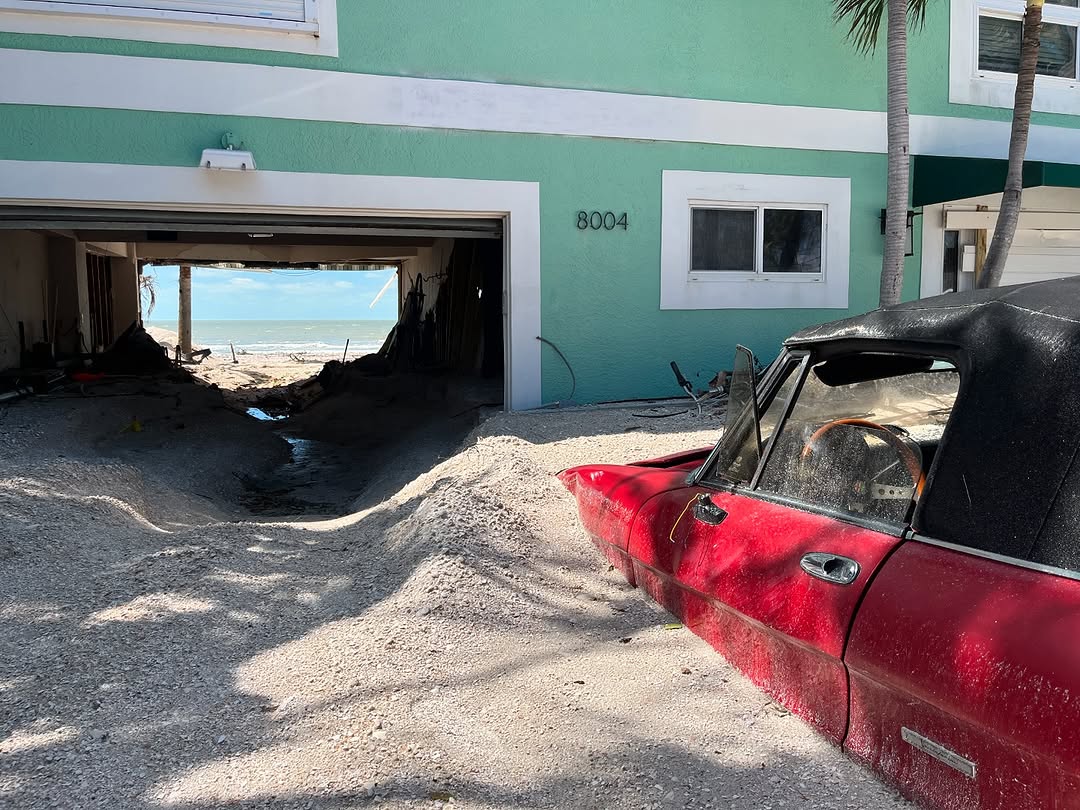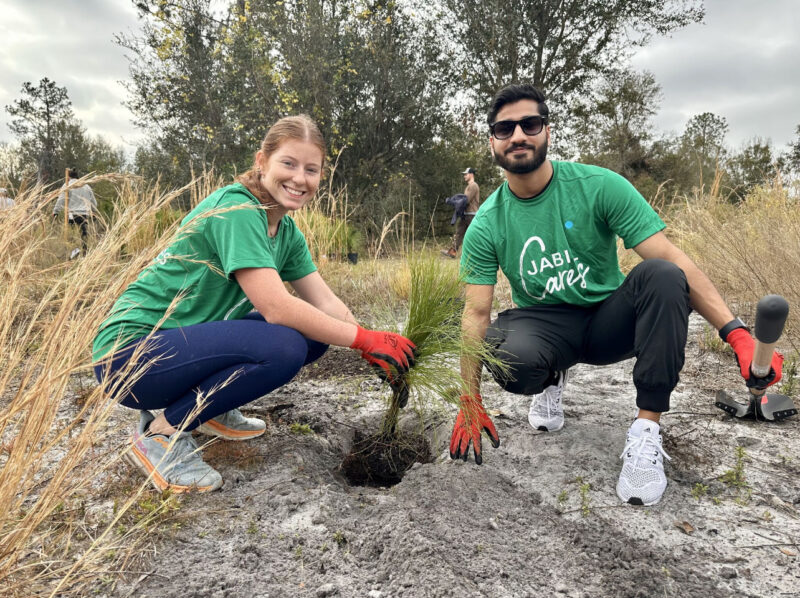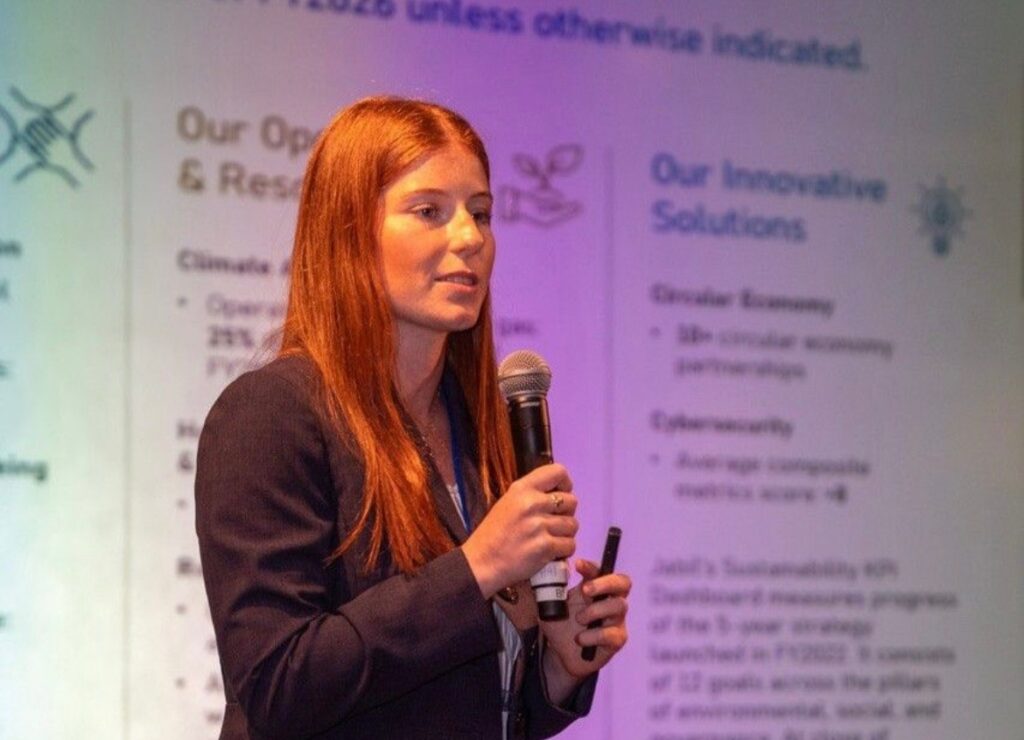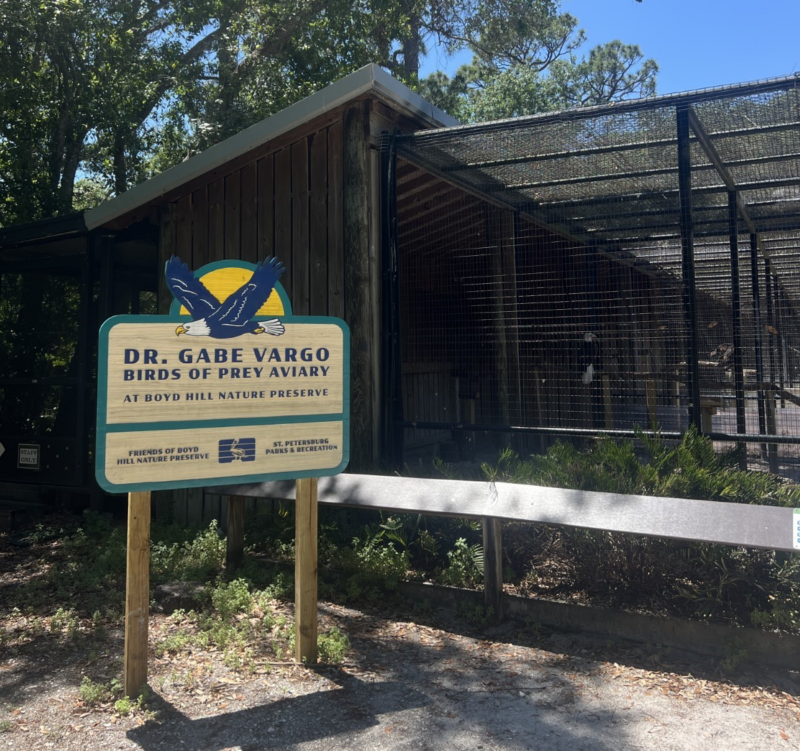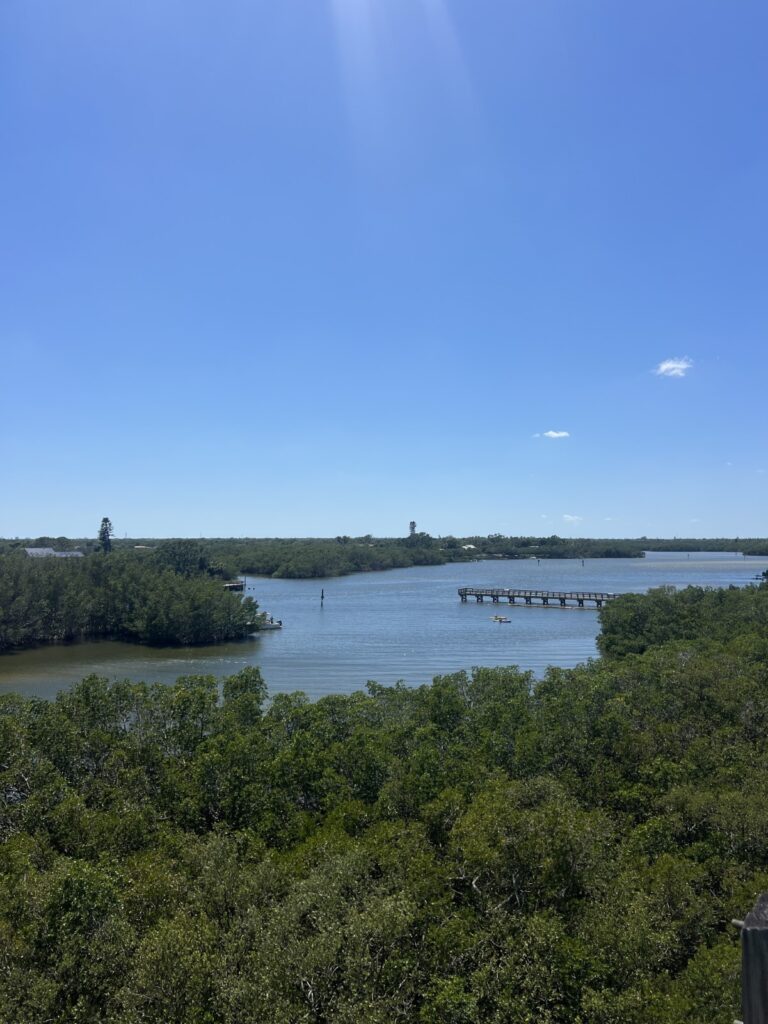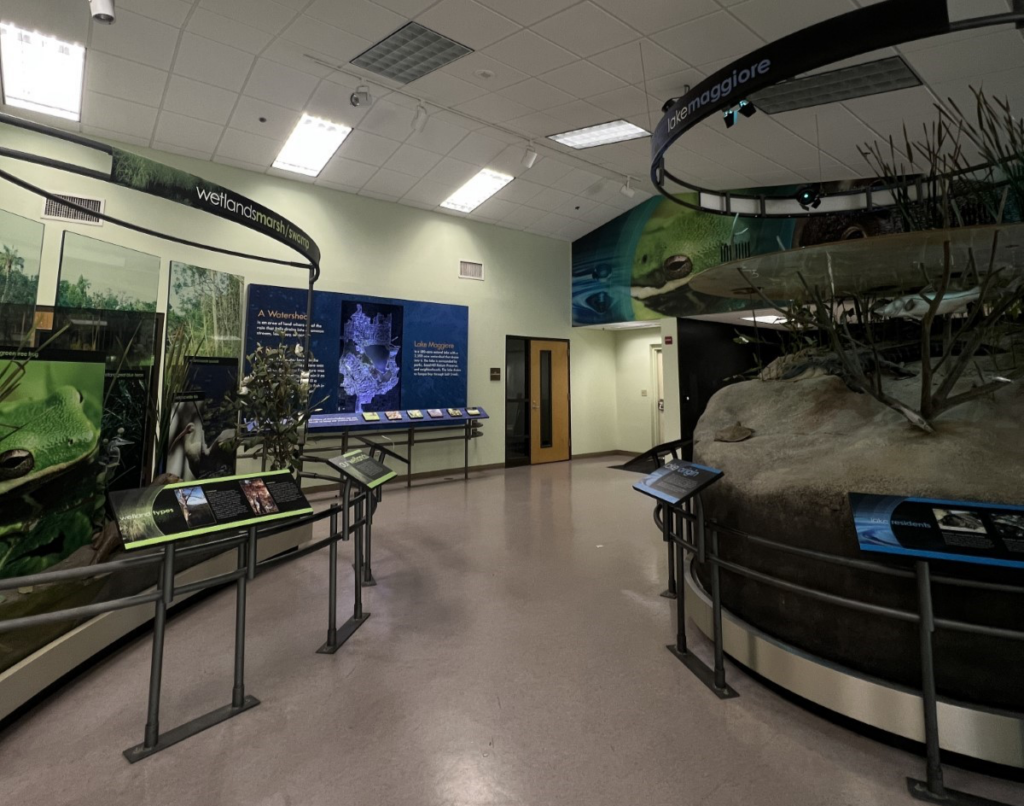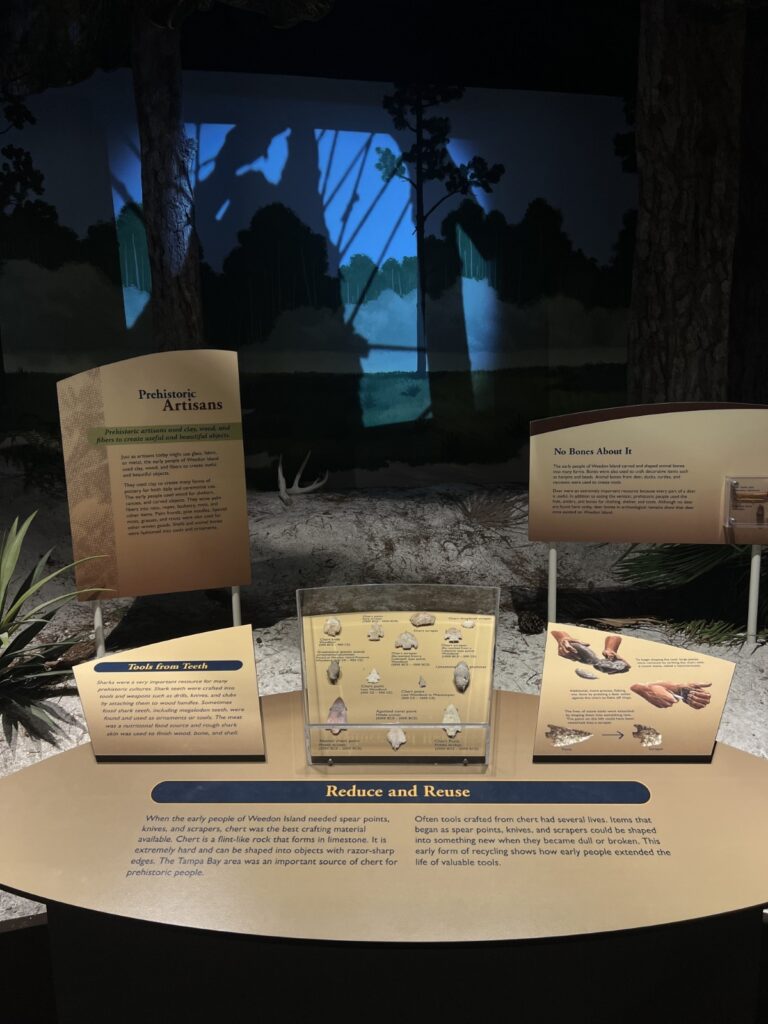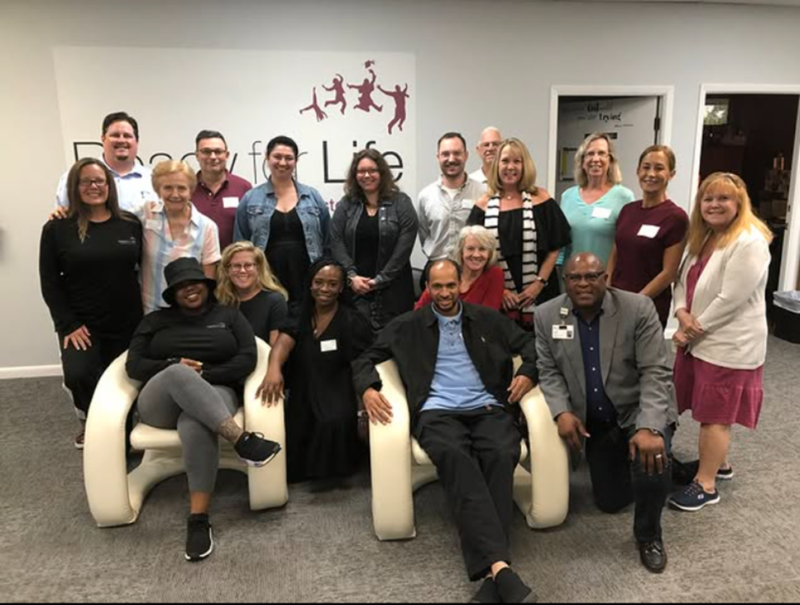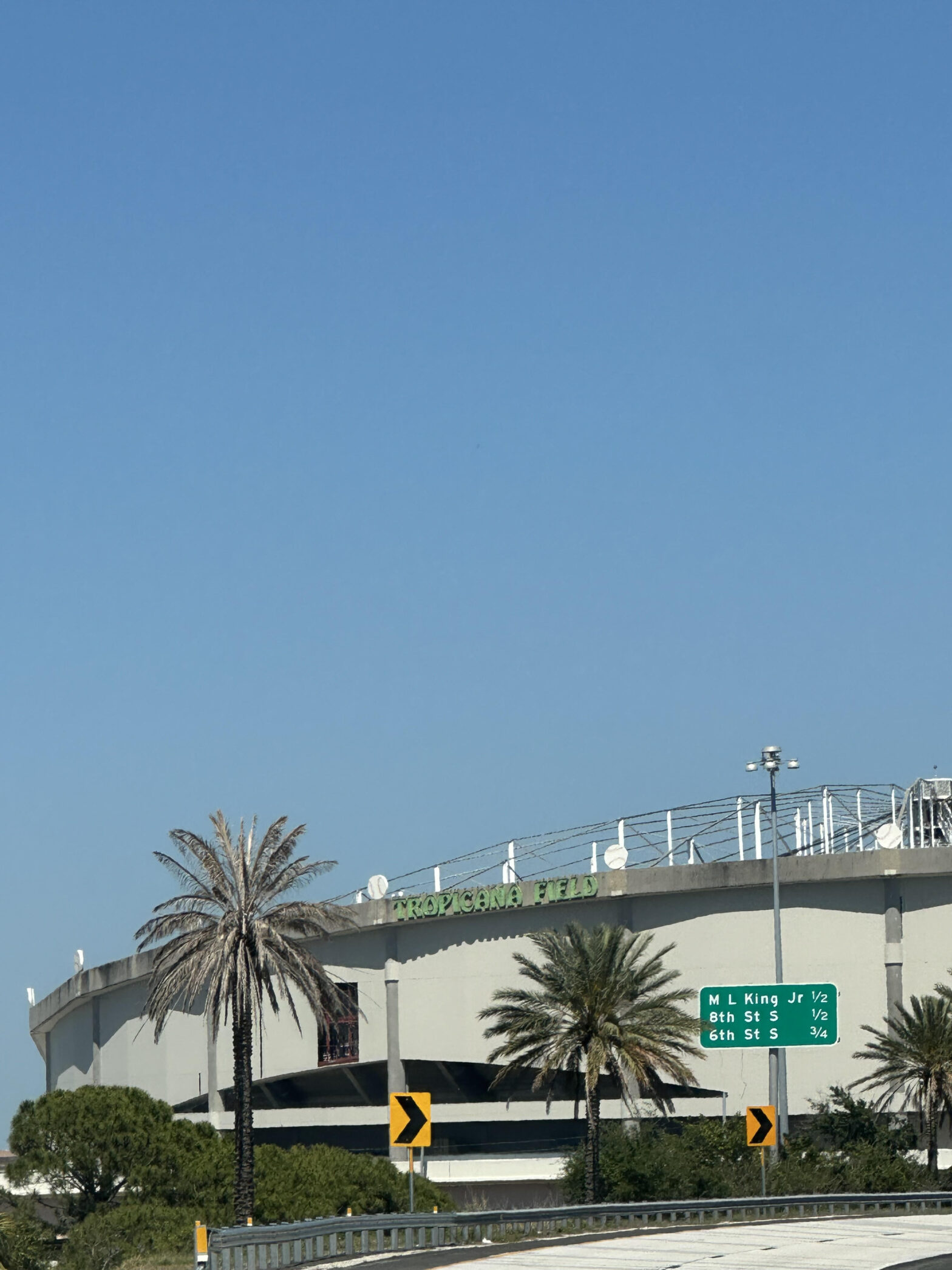By Christiana Eckard, Kylie Perz, Emma Lamison and Ailyn Garcia
When Hurricane Helene swept through St. Petersburg in September 2024, followed by Hurricane Milton just a month later, the storms left behind more than just debris and flooded streets. For Shore Acres and Gulfport residents, the hurricanes underscored a harsh reality: the increasing threat of flooding is no longer a rare event but a recurring challenge.
As homes are gutted and small businesses struggle to recover, the question looms: What will it take to protect these vulnerable communities in the future? Many are looking toward elevating homes on stilts as a solution, but the financial and logistical barriers leave the path forward uncertain.
For Matt Acree, owner of Gulfport Brewery, the decision to close from Oct. 7-12, 2024, during Hurricane Milton was not made lightly. Though the brewery avoided catastrophic damage, power outages and flooding forced the small business to shut its doors for nearly a week.
“Even a few days closed hits hard financially,” Acree said.
The loss of income left staff in limbo and added to the ongoing stress of running a small business in a storm-prone area. Despite the hardship, the community rallied, purchasing gift cards and donating relief funds to support the brewery.
Loyal customer Brooke McKinney described Gulfport Brewery as more than just a bar but a vital gathering place.
“It made me realize how fragile small businesses can be and how much they need us,” McKinney said.
Another local affected by the hurricanes, Jill Williams, said she never imagined that the home she and her husband fell in love with 15 years ago would become a source of constant worry.
Drawn to Gulfport for its scenic water views and tight-knit community, the couple said they found a sense of belonging in the vibrant neighborhood. But as hurricanes grow more substantial and frequent, the idyllic setting has come with a heavy price.
With each storm, their home faces devastating flooding— most recently, nearly 4 feet of water from Hurricane Helene—forcing them into an exhausting cycle of evacuation and repairs.

For Williams, the rising waters threaten her home and the community bonds that have kept her rooted for so long.
“Every time a storm is on the way, we have to pack up everything important—documents, photos, medications—and get out,” Williams said.
In their 60s, the physical and emotional toll is significant, according to Williams. They often stay with friends or find a hotel if one is available. The uncertainty of what they’ll return to makes each evacuation even more stressful, she said.
While the community is more prepared than ever, with sandbags and early warnings, Williams said “the flooding worsens yearly.”
Some of their neighbors have raised their homes to avoid flood damage, but for many, including the Williams, that solution is financially out of reach.
Despite the challenges, Williams emphasizes the strong bond among residents, describing the neighborhood as family. However, the constant rebuilding cycle leaves them questioning how long they can endure living in the city.
“I want people to know that we’re not just stubborn for staying,” Williams said. “This is our home. But something has to change—better infrastructure or addressing the rising water levels. We can’t keep going through this year after year.”
Raising homes on stilts offers some hope for those who can afford it. Kat Van Sickler, a Shore Acres resident, made the difficult decision to demolish her flooded home and rebuild a new elevated structure. After weighing her options, Van Sickler invested in a larger home with a first- floor garage—a choice that better suited her growing family and work-from-home needs.
While flood insurance and FEMA assistance helped cover some of the expenses, much of the cost fell on her family. In August 2023, she evacuated her Shore Acres home in St. Petersburg with her family as Hurricane Idalia approached landfall.
Upon returning, they discovered several inches of water had flooded her family’s single-story concrete block property.
After the initial shock, Van Sickler faced uncertainty about her next steps, wrestling with whether to raise her home on stilts, rebuild entirely or relocate to a different neighborhood.
After weighing all options and considering what would be best for her and her family, she concluded that rebuilding an elevated home with a first-floor garage would be the most reasonable option.
“We thought about moving to another neighborhood,” Van Sickler said. “We met with a realtor and looked at different homes, but at the end of the day, we love the neighborhood we’re in and the community we’re a part of. So, we decided that we wanted to stay, but we did need to take steps to mitigate the risk moving forward. That was when we decided to rebuild.”
Although raising the home on stilts would have been cheaper than rebuilding it entirely, Van Sickler sai she would soon be expanding her family and working from home so that a larger space would be more suitable for her situation.
While insurance settlements and government assistance were made available, they did not cover the entirety of Van Sickler’s rebuilding, nor would they have covered stilting her home. She said there were quite a few out-of-pocket expenses during the process, but she emphasized her gratitude for what her flood insurance covered and the funds she received from organizations like FEMA.
Helene and Milton have impacted even more homes with significant hurricanes in recent months. Many face the difficult decision of protecting their homes while managing the high cost of elevation.
Van Sickler said that many people in her community are putting their homes up for sale and emphasized the significant changes ahead with the redevelopment.
“They know that if they want to live in this community, it’s going to take to be elevated, but it’s costly,” she said. “Our family was very fortunate, but I know it is out of reach for a lot of people. I think moving forward, the neighborhood is definitely going to change. Many of the original homes that were charming, and an important part of the community, will be torn down, and we will see larger homes and new construction in their places. But those homes will be better prepared for the essential flood risk moving forward.”
After over a year and a half of research, planning and designing, Van Sickler and her family are finally ready to move into their new home.
“There is light at the end of the tunnel for us, and we are very much looking forward to being back in the community,” Van Sickler said. “We love it so much, and the community is standing strong and rebuilding little by little. We are happy to be a part of the comeback.”
As the frequency and intensity of hurricanes continue to rise, homeowners in flood-prone areas like St. Petersburg are searching for long-term solutions to protect their properties. For residents like Van Sickler, one of the most viable options is elevating homes, which has gained traction in communities like Shore Acres and Gulfport.
While the cost and logistics of lifting a home can be daunting, experts argue that it offers a more affordable and efficient alternative to rebuilding from scratch. Albert Jasuawan, founder of JAS Builders, has spent years working on home elevation projects and has witnessed firsthand their transformative impact on families struggling with repeated flood damage.
“Lifting a home, from the cost-effective side for the family, is about half the price of building a new home,” Jasuawan said. “It saves them quite a bit of money and quite a bit of time, and it allows families to get back to being a family. If I was to build a new home and take about two years, where if I lift their home, it’s about six months.”
Lifting homes is not only cost-effective and less time-consuming, but also a stable long-term solution for hurricane flooding, he said. Many of the homes are built on soft, unstable soil filled with organic material from dredged land. As those materials rot, they weaken the foundation. Elevating the homes allows crews to reinforce the ground and create a stronger more stable base.
“We actually put pilings in the ground into this soft earth to help support the way the house doesn’t settle anymore,” Jasuawan said. “Because if you go to a lot of these homes, even if before they’re lifted there, they’re settled. You’ll see cracks in them, and they’ll actually be off. So, when we lift, we actually level the house, and we put it on a more solid foundation.”
However, Jasuawan and his company face issues lifting family homes with St. Petersburg’s zoning and building code, specifically in school zone areas. A new setback requirement now determines how far your house must be from the property line when it is lifted.
“The problem is if the house is already built, constructed, you can’t shrink the house by a foot on each side to meet that setback,” Jasuawan said. “And the city makes us do all this extra paperwork and requests from the neighbors a variance to allow us not to shrink the house. We can’t shrink a house. So they’re still doing this paperwork, which takes about 90 days, for no reason, when at the end of it, even if the people disagree with the setback and are still going to lift the house anyway. So that’s the thing that city does need to change and work on.”
Despite the challenges, Jasuawan said he feels rewarded by the positive impact of his work.
“Seeing people get back in their homes and knowing they’re not going to be worried anymore has been really important,” he said.
According to Jasuawan, one family he helped had their house flooded three times. When he and his company lifted her house, she began to cry, relieved that her home would not flood again.
“She’s probably in her 70s, you know, and at any age, you don’t want to see your house flooding, but imagine when you’re older, and you don’t have the strength to move your furniture out anymore, and you have to rely on others,” Jasuawan said, “So it’s a really rewarding feeling, and you become friends and close to these people that you are working with.”
The damage caused by the hurricanes, especially Helene and Milton, has left these St. Petersburg communities with no choice but to adapt to their new reality. Whether it’s educating more people on the dangers of hurricanes and how to prepare better or if it’s working with FEMA to raise more houses on stilts, the ongoing flooding, which has destroyed lives, demands a change.
